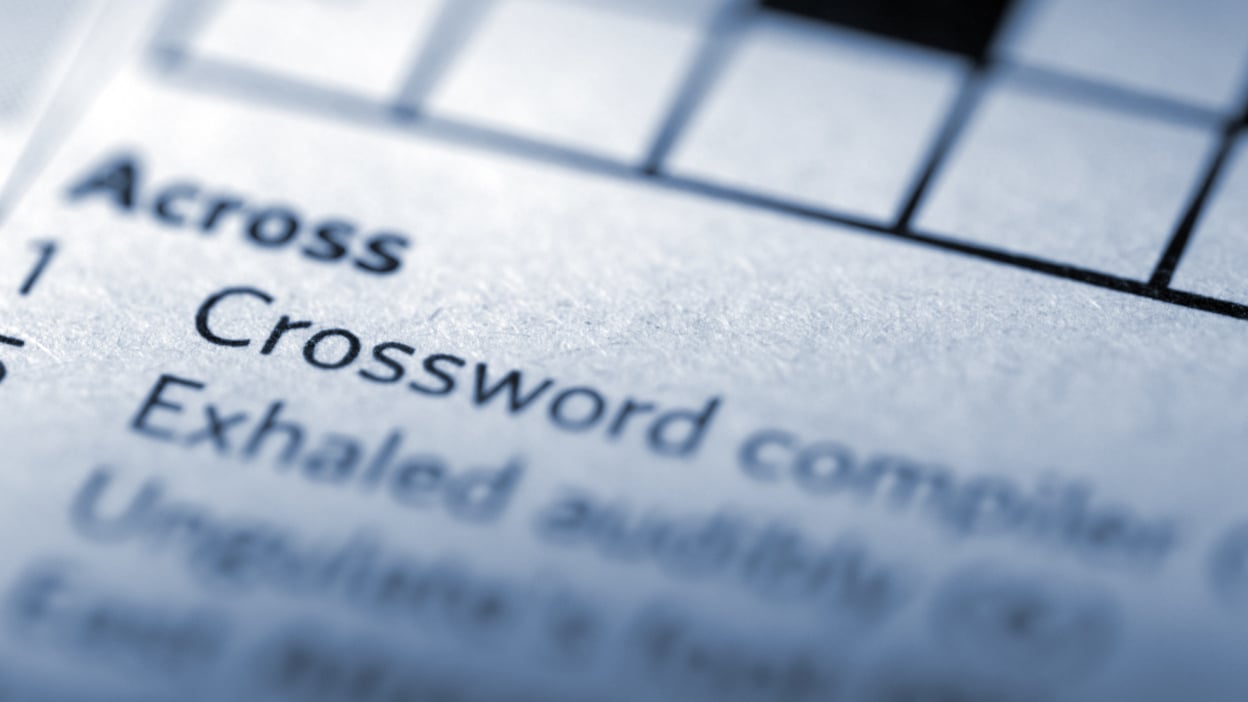Unclaimed HMRC Refunds: How To Check Your Payslip For Overpayments

Table of Contents
Understanding Your Payslip: Key Areas to Examine
Your payslip provides a detailed breakdown of your earnings and deductions. To identify potential HMRC overpayments, focus on these key areas:
- Gross Pay: Your total earnings before any deductions.
- Tax Code: This code determines how much income tax is deducted. Incorrect tax codes are a frequent cause of overpayment.
- Tax Deducted: The amount of income tax withheld from your gross pay.
- National Insurance Contributions: Contributions made towards the National Insurance system. Overpayments can occur here too.
- Net Pay: Your take-home pay after all deductions.
Here's what to look for:
- Discrepancies between gross pay and tax deducted: If the tax deducted seems unusually high compared to your gross pay and tax code, investigate further.
- Unusual tax code changes: Significant changes to your tax code without a clear explanation should be examined.
- Changes in your tax allowances or deductions: Any unexpected changes to allowances or deductions could indicate an error.
- Incorrectly applied tax reliefs or credits: Ensure all applicable tax reliefs and credits (e.g., marriage allowance) have been correctly applied.
Example: If your tax code is incorrect, leading to higher tax deductions than necessary, you could be entitled to an HMRC tax refund.
Common Reasons for HMRC Overpayments
Several factors can lead to HMRC overpayments. Understanding these can help you identify potential errors on your payslips:
- Changes in employment status: A change in your employment status (e.g., starting a new job, becoming self-employed) might not be reflected correctly in your tax code, resulting in overpayment.
- Errors in tax code allocation: HMRC might allocate the wrong tax code, leading to incorrect tax deductions. This is a very common cause of tax refund eligibility.
- Incorrectly declared income or deductions: If you have incorrectly declared your income or deductions, this can lead to overpayment or underpayment of tax.
- Overpayments of National Insurance: Errors in calculating National Insurance contributions can also lead to overpayments.
Example: Switching from full-time employment to part-time employment without updating your tax code could result in an overpayment of income tax. Similarly, a clerical error by your employer could lead to an incorrect tax code being applied.
How to Check Your Payslips for Overpayments – A Step-by-Step Guide
Follow these steps to meticulously review your payslips for potential overpayments:
- Gather all relevant payslips: Collect all payslips for the current tax year (6th April to 5th April).
- Compare tax deducted to expected amounts: Use online tax calculators or consult HMRC guidance to estimate your expected tax liability based on your income and circumstances.
- Check for consistency in tax codes and deductions: Look for any inconsistencies in your tax code or deductions throughout the tax year. Any abrupt changes warrant closer scrutiny.
- Look for any obvious discrepancies or anomalies: Any unusual or unexplained entries on your payslips could indicate a problem.
- Consult official HMRC guidance: If you're unsure about anything, refer to HMRC's official website for guidance.
(Insert visual aid here: A screenshot example of a payslip highlighting key areas for review)
Claiming Your Unclaimed HMRC Refund
Once you've identified a potential overpayment, follow these steps to claim your refund:
- Gather necessary documents: Collect your payslips, P60 (end-of-year tax statement), and any other relevant documentation.
- Contact HMRC: Explain the situation clearly and request a tax refund. You can do this online via the HMRC website, by phone, or by post.
- Understand the timeframe: HMRC will process your claim and inform you of the expected timeframe for receiving your refund. This can vary.
- Use the relevant online portal or forms: HMRC provides online portals and forms to simplify the claims process.
[Link to HMRC website for tax refund claims]
Secure Your Unclaimed HMRC Refund Today
Regularly reviewing your payslips is crucial to avoid future overpayments. This guide has shown you how to identify potential overpayments, understand the common reasons behind them, check your payslips thoroughly, and claim your unclaimed HMRC refund. Don't leave money on the table! Check your payslips now and claim your unclaimed HMRC refund today using our handy HMRC refund check guide.

Featured Posts
-
 Chinese Grand Prix 2023 Hamilton And Leclercs Race Defining Incident
May 20, 2025
Chinese Grand Prix 2023 Hamilton And Leclercs Race Defining Incident
May 20, 2025 -
 Jennifer Lawrence Majka Drugoj Djeci
May 20, 2025
Jennifer Lawrence Majka Drugoj Djeci
May 20, 2025 -
 Marvels Avengers Crossword Clue Nyt Mini Crossword Answers For May 1st
May 20, 2025
Marvels Avengers Crossword Clue Nyt Mini Crossword Answers For May 1st
May 20, 2025 -
 Nyt Mini Crossword March 15 Answer Guide
May 20, 2025
Nyt Mini Crossword March 15 Answer Guide
May 20, 2025 -
 Travels With Agatha Christie And Sir David Suchet A Comprehensive Review
May 20, 2025
Travels With Agatha Christie And Sir David Suchet A Comprehensive Review
May 20, 2025
